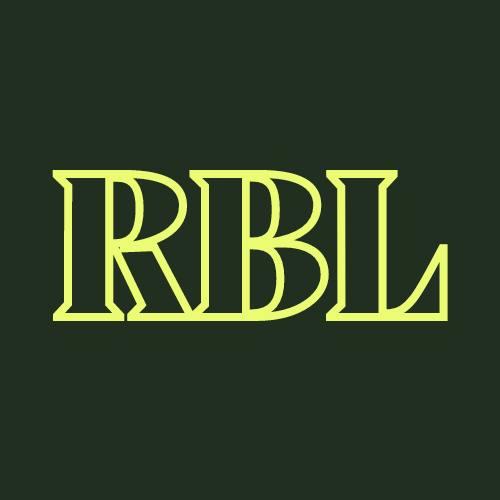how to train according to your menstrual cycle
Have you ever noticed how much your hormones impact your mood, energy levels, body image, and even how your body feels? If you’re someone who menstruates, you’ve likely experienced days where your cycle has affected your workout plans or had questions about how and when you should exercise during different phases of your menstrual cycle.
While the most common question tends to focus on whether or not you should work out during your period, research shows there’s more to it than that! Hormonal changes throughout your menstrual cycle can have a range of effects on energy levels and exercise performance, and certain forms of exercise can be more beneficial depending on the phase you’re in: menstruation, follicular, ovulation, or luteal.
1. The Menstruation Phase
It’s that time of the month — the menstrual phase. This is when you’re menstruating, which typically lasts 3-7 days at the end of your cycle. How can you best support your body with movement while menstruating?
If you experience fatigue during the early days of your period, you might not feel like engaging in intense exercise. During this phase, your progesterone and estrogen levels are at their lowest, which can contribute to feeling more tired than usual. You might also experience cramps, tender breasts, bloating, mood swings, lower back pain, or irritability. In this case, you might want to reschedule intense workouts and opt for gentle movement instead.
There are mixed messages out there about whether you should exercise during your period. For some, gentle exercise can alleviate period pain. But remember, everyone is different. Your body and nutrition can greatly impact how intense your periods are. (This is why you may need a coach to guide you in the right direction!)
Ultimately, what you choose to do is up to you and how you feel. Listen to your body! If you choose to exercise during your period and feel low in energy, consider reducing the intensity of your workouts.
Here are some lower-intensity workouts that can keep you moving during your menstruation phase:
- Yoga poses and stretching: Relax your body and mind with poses like Child's Pose, Reclined Spinal Twist, and Cat-Cow, which can help relieve tension in your lower back and pelvis.
- Walking or light cardio: If you’re used to running, consider walking or slow jogging to scale back the intensity.
- Light strength training: This isn’t the phase to push yourself too hard. Consider reducing your weights if you feel too fatigued.
2. The Follicular Phase
Once your period is over, you enter the follicular phase, typically days 1-11 of your cycle. After menstruation, your estrogen levels rise as your body prepares to release an egg, often leading to increased energy. This is a great time to challenge yourself and try new things in your routine.
Here are some higher-intensity workouts to maximize the energy you’ll feel in your follicular phase:
- High-Intensity Interval Training (HIIT): High-energy, fast-paced, and fun—this is a great time to incorporate HIIT workouts into your routine.
-Running: Try a treadmill or a your favorite scenic path! Marathon training?
- Boxing: A fantastic way to let out some energy and try something new!
- Strength training: This is the time of your cycle to push yourself! Think heavier weights or more challenging bodyweight exercises.
3. The Ovulation Phase
Typically the shortest phase (around days 12-17 in your cycle), the ovulation phase is when you’ll still have high levels of estrogen, meaning a few more days of high energy.
Like the follicular phase, you’ll feel at your best, so here are some ways to switch up your movement to capitalize:
- Swap your cardio: If you usually cycle, try running, or switch from HIIT workouts to circuits.
- Go for those PRs!: You’re likely feeling strong, so use this time to push yourself in your strength training.
4. The Luteal Phase
This is the last phase of your cycle before you’re back to menstruation, lasting around 12-14 days. In the beginning, you’ll still feel some of that ovulation energy, but it will decrease as you approach menstruation. Progesterone will peak, which can make you feel drowsy and like things are harder. This is the phase where you might experience PMS symptoms.
Here are some ways to stay on track with your movement as your energy shifts:
- Yoga or Pilates: These are both excellent for increasing overall strength and releasing muscle tension.
- Lower-intensity cardio: Activities like swimming, walking, or light jogging can be adapted to how you’re feeling.
- Stay steady in your weight training: Don’t worry about hitting PRs if you’re not up to it; focus on consistency.
What’s Going On Mentally?
Each phase of your cycle can impact your mental and emotional state differently. Understanding these changes can help you plan your workouts and self-care routines.
At Rebel Athletics, we honor the diverse experiences of all individuals. Our mission is to provide a safe, inclusive space where you can explore and support your body's unique needs. We’re here to empower you with knowledge and help you build sustainable, affirming practices that honor your body’s natural cycles.
Whether you’re someone who menstruates or an ally looking to better understand the experiences of those who do, knowledge is power. Get to know your body’s cycle, trust it, and reach out to our team of certified, trauma-informed coaches if you need guidance.
If you're interested in safe, specialized training that respects and supports your unique journey, get a free consultation with one of our coaches! We’re here to help you build resilience, confidence, and a lifetime of holistic health.
